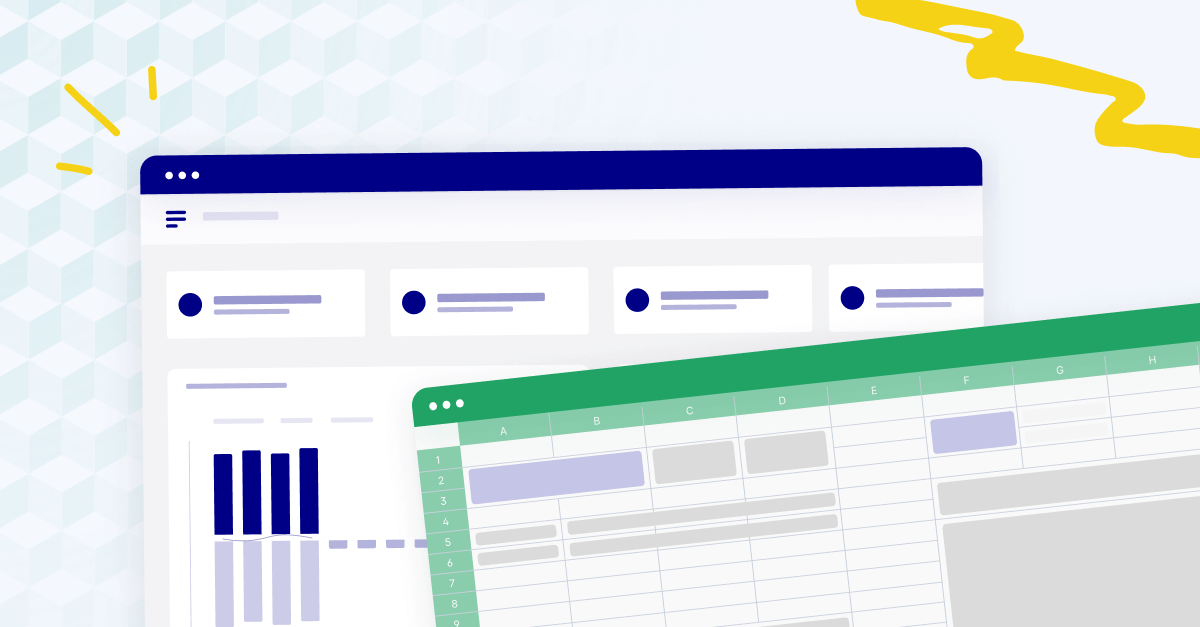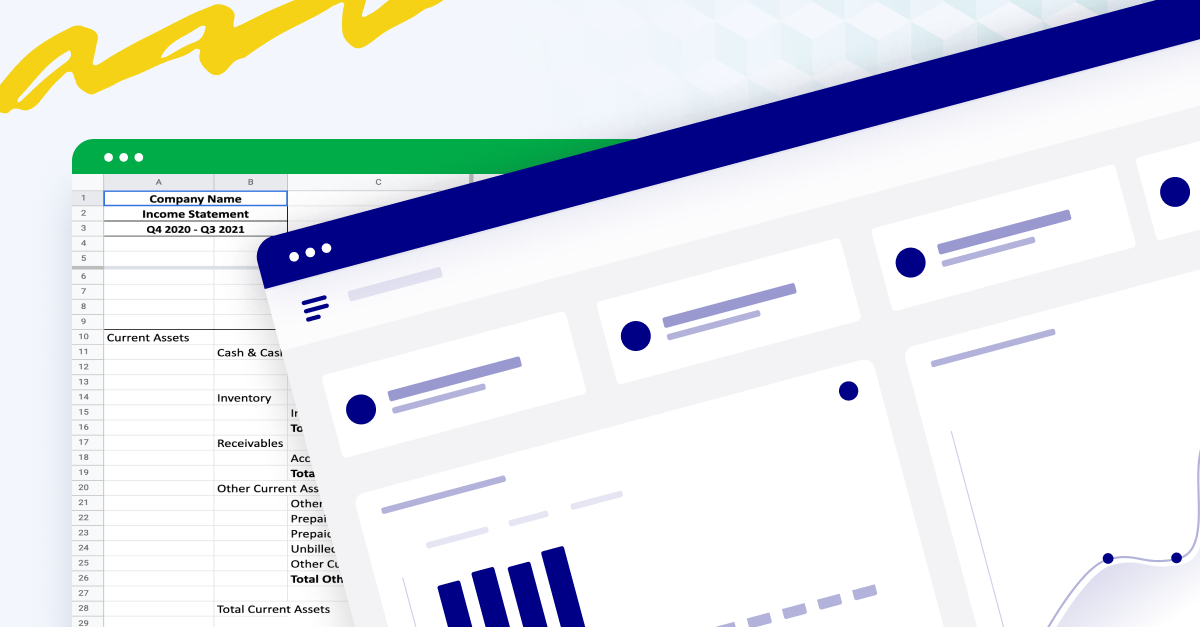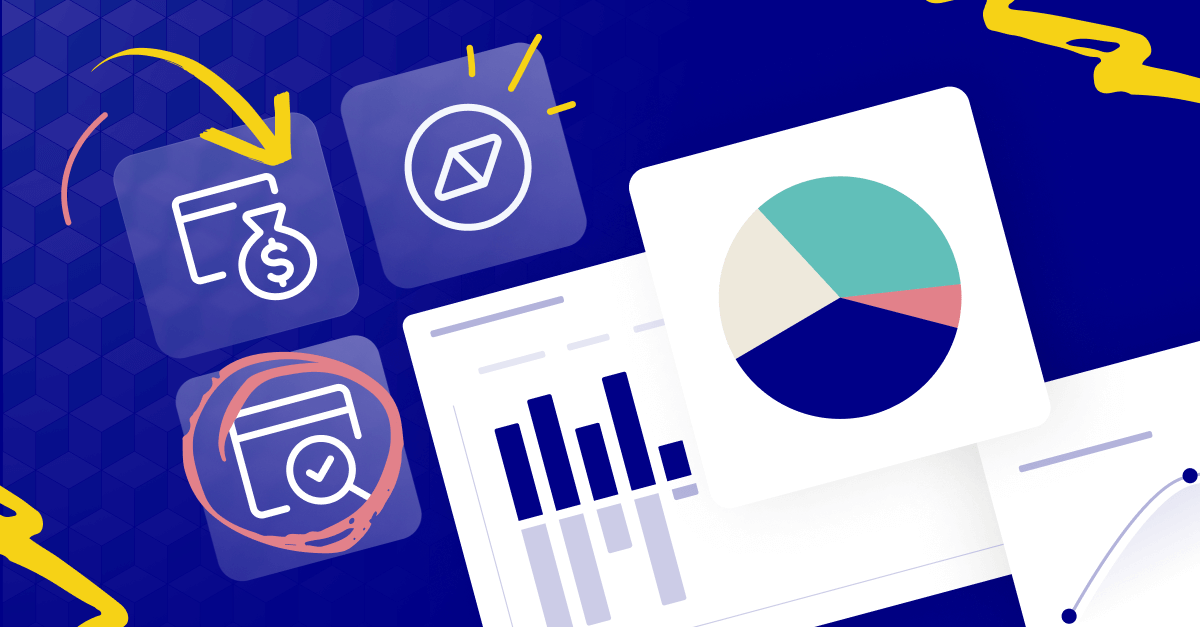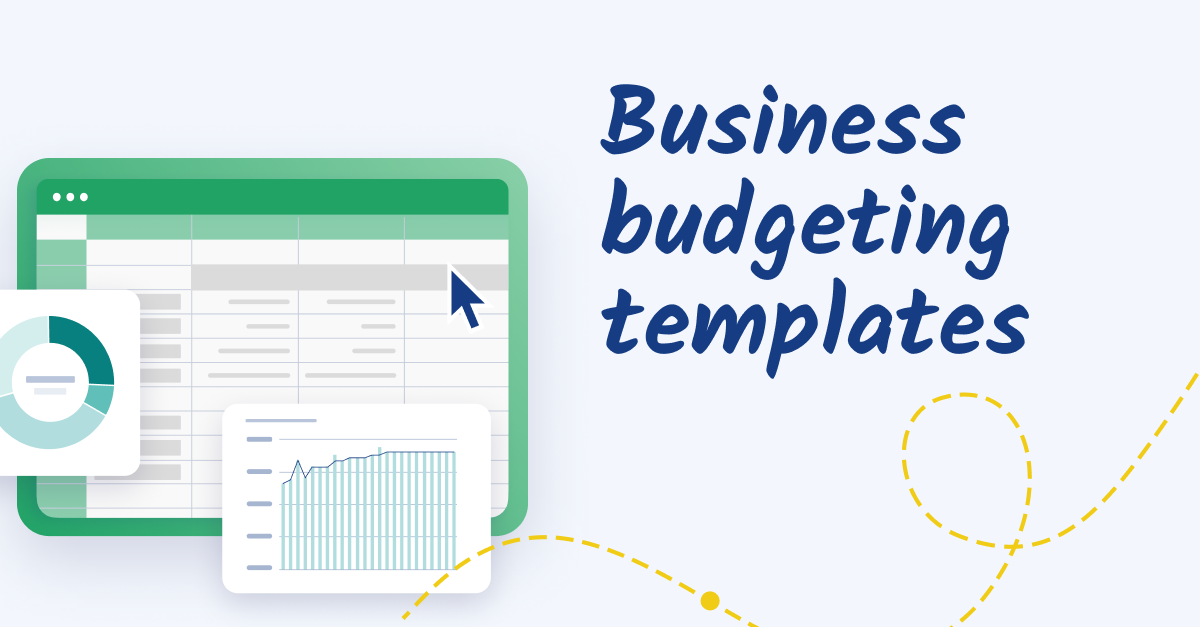Preparing for a stress-free budget process
Well begun is half done, as the saying goes. Preparation in your budgeting process is a game changer in terms of the efficiency of the project and its outcomes. While most finance teams (rightfully) dread the budget crunch at the end of each fiscal year, setting the stage with the following steps can make the process easier for everyone.
1. Set clear objectives and goals
A strong budget process begins with a shared understanding of objectives and goals. This ensures that everyone working to set budgets makes decisions based on pre-defined parameters.
Set some general goals, such as identifying expenses to be cut or determining how much money should be allocated to different initiatives. Highlight specific targets investors or the CFO want to achieve within a given timeframe, such as increasing revenues or achieving cost savings. Define the line between mandatory spending and discretionary spending and how it affects budget allocation across departments.
Once the goals and objectives are set, the team has the needed context to develop an action plan. This plan outlines the steps to meet goals and objectives efficiently. Every step in the action plan is clearly defined to make it easier to track progress and identify stumbling blocks early.
2. Assemble the right budgeting team
Well-defined teams with specific roles and responsibilities further empower the budget process. A budgeting team typically comprises the CFO or controller, Director-level finance leaders, FP&A accountants and analysts, and operational staff such as department heads. All affected stakeholders need a voice in the process.
3. Define a realistic timeline
Rome wasn’t built in a day, and neither is a functional budget. Top-performing teams can set a budget in just under a month, but the average team may take as long as two. The key to establishing a budget timeline isn’t beating the clock but balancing the need for quality work with the quality of life of your team. Burnout is a major contributor to accounting staff attrition and job-hopping, so aim for a happy medium based on the size of your team.

Data collection and organization
Unless you’re compiling a zero-based budget, your previous data is central to allocating funds for the coming quarter or year. Many budget calculations flow from a combination of concrete historical data and accurate assumptions, so getting the data in order early is vital to timely delivery.
The key is to streamline and cleanse your data sources:
- Organize and purge any irrelevant or outdated data.
- Group related data points into categories to make it easier to identify trends or discrepancies.
- Cross-check collected data with other sources such as past expenses, accounts payable statements, and invoices.
- Consolidate the various datasets into one central spreadsheet for easy analysis.
- Review the cleansed data for potential errors. This is also an advantageous time to test for fraud indicators or signs of poor management.
Using financial software and tools makes data organization far more accurate and time-efficient. It does the heavy lifting of data validation, error checking, categorization, and trend-spotting. It also opens the door for time-saving automation that serves well beyond the budget process.
Collaborative budgeting with department leaders
Data silos often hinder the annual budget process, but communication silos also create delays. Starting with a structured collaboration approach opens communication, improves the process, and often leads to more creative solutions. It also creates space to incorporate budget requests and spending limit discussions in a cooperative setting.
Involve stakeholders early and often
In bottoms-up budgeting practices, budget discussions begin with department-level stakeholders. Each department lead can outline the business plan and its alignment with larger company goals, discuss budget requests for upcoming projects, and advocate for allocations that meet their needs. Even in top-down scenarios, these discussions are an important part of a strong fiscal culture and data-informed decision-making.
Bringing stakeholders together early in the process is the best way to get important considerations in the open and discuss their impact on the budget plan.
Encourage cross-functional communication
Sharing across departments helps the team understand the full range of impacts associated with budget plan decisions. By bringing together stakeholders across departments, budget teams get a holistic view of business needs and anticipate the impact on operations.
This communication can take many forms, from round-table discussions during the initial planning process, to progress checks or stand-ups at pre-set intervals. Setting inter-departmental discussions ensures the team keeps pulling in the same direction as they complete milestones.
Align budgets with strategic objectives
Every budget process has the ultimate aim of taking the business where it needs to go. For that reason, all budget considerations should be viewed through the lens of long-term strategic outcomes. While budgeting rules the daily operations of a company, every department’s budget and actions should be configured to achieve larger organizational outcomes.
Embrace flexibility and multi-scenario planning
In the current climate of fast and significant change, agility becomes a competitive advantage. Preparing for different economic possibilities puts the finance team in a position to react swiftly and deliver partnership and value to the organization.
There are many ways to build flexibility into the budget process. Some are structural, such as the type of budgeting approach the company adopts. Others are strategic, such as using modeling and analysis to anticipate potential economic conditions:
Rolling forecasts and re-forecasting
A rolling forecast uses history to continuously create projections for a set time frame, often extending past the traditional fiscal year. It adds flexibility and short-term course corrections based on updated financial performance, industry trends, and market conditions. The rolling forecast also provides visibility into future planning, allowing for better decision-making during economic uncertainty.
Re-forecasting takes new data into account when creating a budget. It involves analyzing past trends and activity, as well as considering future expectations. Re-forecasting can be used to adjust for changing market conditions, economic cycles, or other unforeseen events that could affect the budget.
This approach is especially useful because it quickly enables insight into potential cost savings and revenue optimization, ensuring the company stays agile in a changing business environment.
Driver-based planning (worst case, best case)
Driver-Based Modeling is a planning approach that considers the key business drivers in an organization as part of FP&A. Common drivers considered during a driver-based approach include:
- Market size
- Growth rate
- Customer/subscriber base
- Sales volume
- Churn rates
- Pipeline
- Customer lifetime value (CLV)
- Customer acquisition costs (CAC)
Focusing on these key drivers and metrics helps teams create better budget allocations without needing a line-by-line budget process. Planners can consider worst-case and best-case scenarios for drivers to gain insight into the planning process.
Conducting scenario analyses
What-if scenarios compare different variables using baseline data to calculate potential outcomes. The planning allows an analyst to prepare different scenarios to see the impact of one variable change over another. This exploration of variables allows companies to decide based on the closest scenario or best potential outcome. It lends agility and optionality to the planning process.
Maintain a continuous feedback loop
The static budgeting practices that were once mainstays of finance often fail to meet modern-day problem-solving needs. “Set it and forget it” may work in quiet economic waters, but during times of fast-paced evolution or sudden downturn, better tools must come into play.
Financial review works best when it’s a continuous process that prompts discussion and adjustments. Regular budget review meetings help teams recognize and acknowledge changes that occur after they complete the annual budget. These reviews look at actuals versus budget to determine the budget’s accuracy and success. In the case of significant variance, teams can revise and adjust the budget to better align with the markets and internal business needs.
Enhance reporting and visualization
There’s a lot of opportunity hidden in your company’s data. Unearthing it manually is both time-consuming and less effective. This is where better reporting and visualization tools help keep teams informed and focused on high-value activities.
Software with interactive dashboards and reporting capabilities is especially useful for data discovery. It provides real-time access to insights and new data in a digestible format for finance and non-finance audiences.
Three benefits of reporting and visualization tools
Analysis over time
Building reports manually is time-consuming. This compounds when users must rebuild reports to represent new data or analyze it differently. Reporting tools allow users to parse data and present it in whatever arrangement or time interval provides the best insights. This allows finance to quickly take the business's temperature, understand trends, and examine quarterly or annual changes that affect budgets, such as the annual budget.
Enhanced data clarity and accuracy
Better reporting tools improve data clarity and accuracy in multiple ways. They enable users to build visualizations from data sources to assess trends more easily. These tools can also provide detailed insights into complex datasets, allowing users to drill down for further analysis. Automated alerts inform teams of real-time changes, ensuring up-to-date information sharing and reducing errors.
Easier financial communication
Finance teams can use enhanced reporting and visualizations to share complex financial information with non-finance stakeholders. Tailored dashboards and reports help stakeholders quickly understand the implications of decisions. It allows ad hoc reporting that provides relevant updates quickly and builds trust between finance and the larger organization.
Engage leadership in the budget process
Even in bottoms-up planning, the executive team is still the central pillar of the budget process. A culture of financial transparency and accountability is vital, and that work starts at the top. How other levels of the organization interact with the executive team will determine many success factors in the budget process.
Finance is positioned to be a strong and close partner to the C-Suite. CFOs that partner with their CEO in sound strategies create significant value for the organization. Part of this culture-building is to create trust between finance and the other key players. Using the above strategies to build a sound financial foundation will result in finance-driven, data-informed decisions that support growth.
Presenting a compelling budget proposal
Budgeting is a complex process, so a clear and concise budget proposal with excellent support is essential. When submitting a budget proposal, incorporate the following steps and practices to increase its success:
- Gather the necessary data and create a comprehensive proposal document. State the goals and assumptions of the proposal and outline the rationale for proposed investments.
- Ensure the budget reflects the executive team's goals and strategy by aligning the proposal with a company objective or market opportunity.
- Use a strong business narrative and provide support with reporting and visualizations to present the business case. Include timelines and expected revenue or outcomes resulting from the proposal.
- Look for support from an executive champion, and solicit stakeholder feedback to ensure any concerns are considered.
- Make any necessary adjustments to refine the budget proposal before submitting it for approval.
Manage change and overcome challenges
Good structure ensures a smoother budget process, but even the most efficient approach has friction points. Change management is a great strategy for overcoming any obstacles you encounter. Use these tips to navigate the budget process and keep morale high in the process:
Prepare for unexpected issues
The research portion of the budget planning process sometimes brings up discrepancies that need remedy. Build time into the planning process to address any findings from your prep work. Intentional or unintentional errors must be addressed before work on the budget can begin in earnest.
Gaining budget buy-in
Budget planning often brings change—and it may not always be well-received. When it’s time to tighten the belt, prepare and communicate a rationale for the changes. Though the executive team may have the final word on budget decisions, good communication can smooth the path to adoption and get everyone on the same page.
Adapting and evolving the budgeting process
The best budget processes adapt to suit the changing needs of the business. As the company grows, integrating software to power your FP&A activities can make the process faster, identify ways to improve allocation, and increase communication to improve outcomes for your staff and the organization as a whole.
Conclusion: a better budget process
Navigating the intricate landscape of budgeting doesn't have to be a daunting task. By implementing clear objectives, assembling a cohesive team, and embracing flexibility and collaboration, the budgeting process can transform from a stress-inducing chore into a strategic asset for your organization.
Want to learn how Cube can help make budgeting a breeze? Request a free demo today.



.png)









